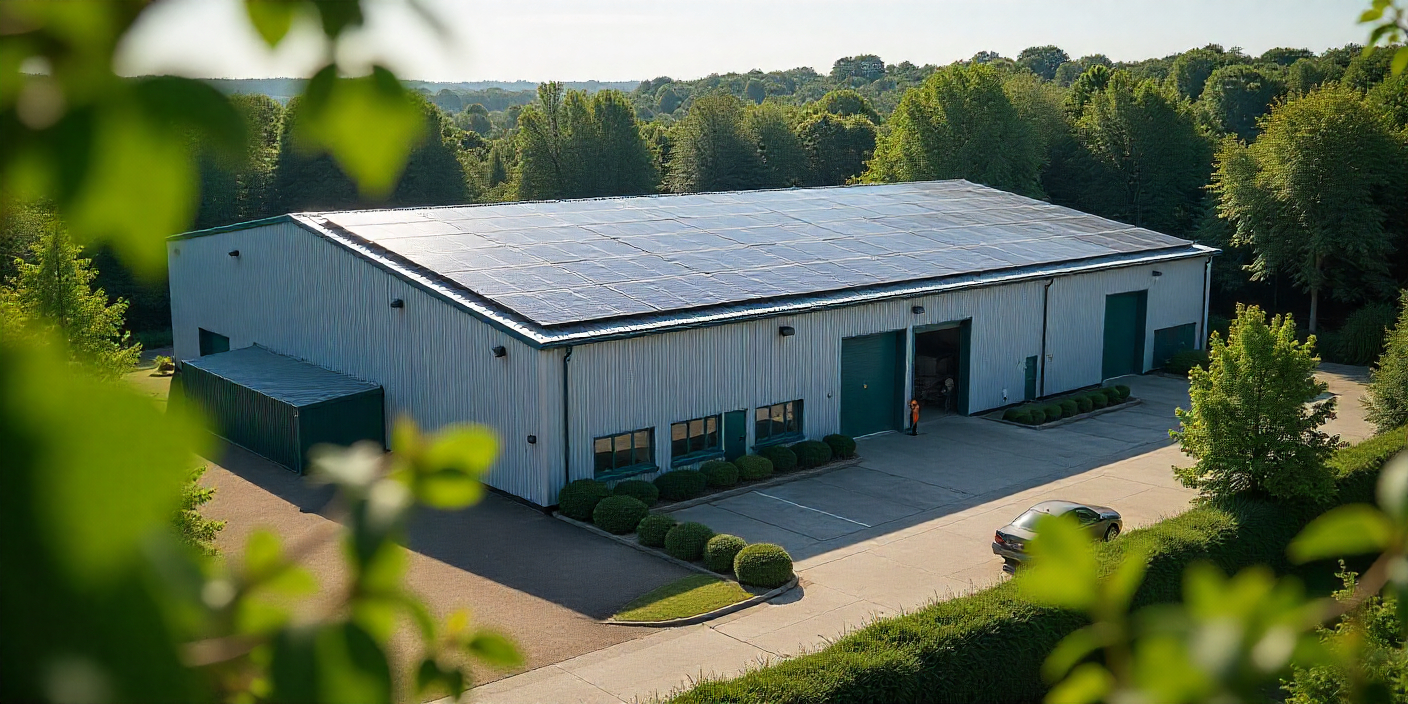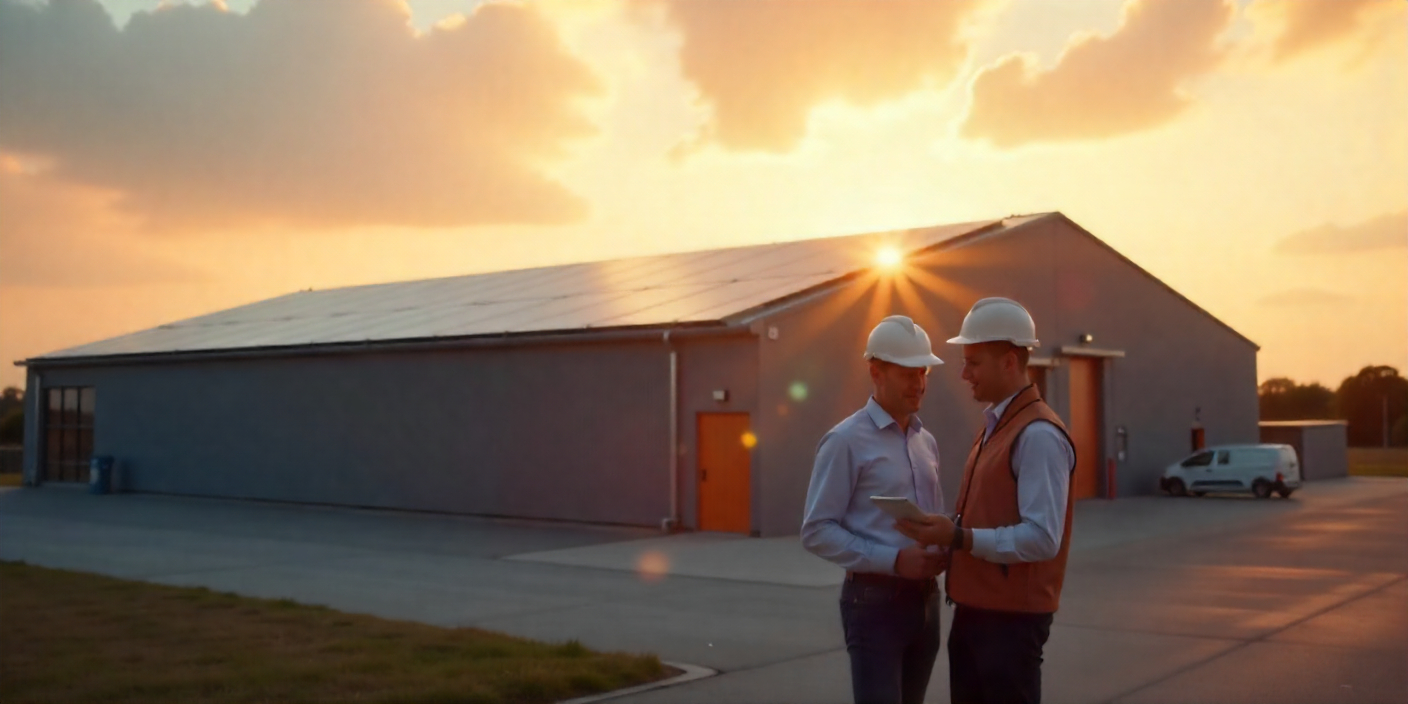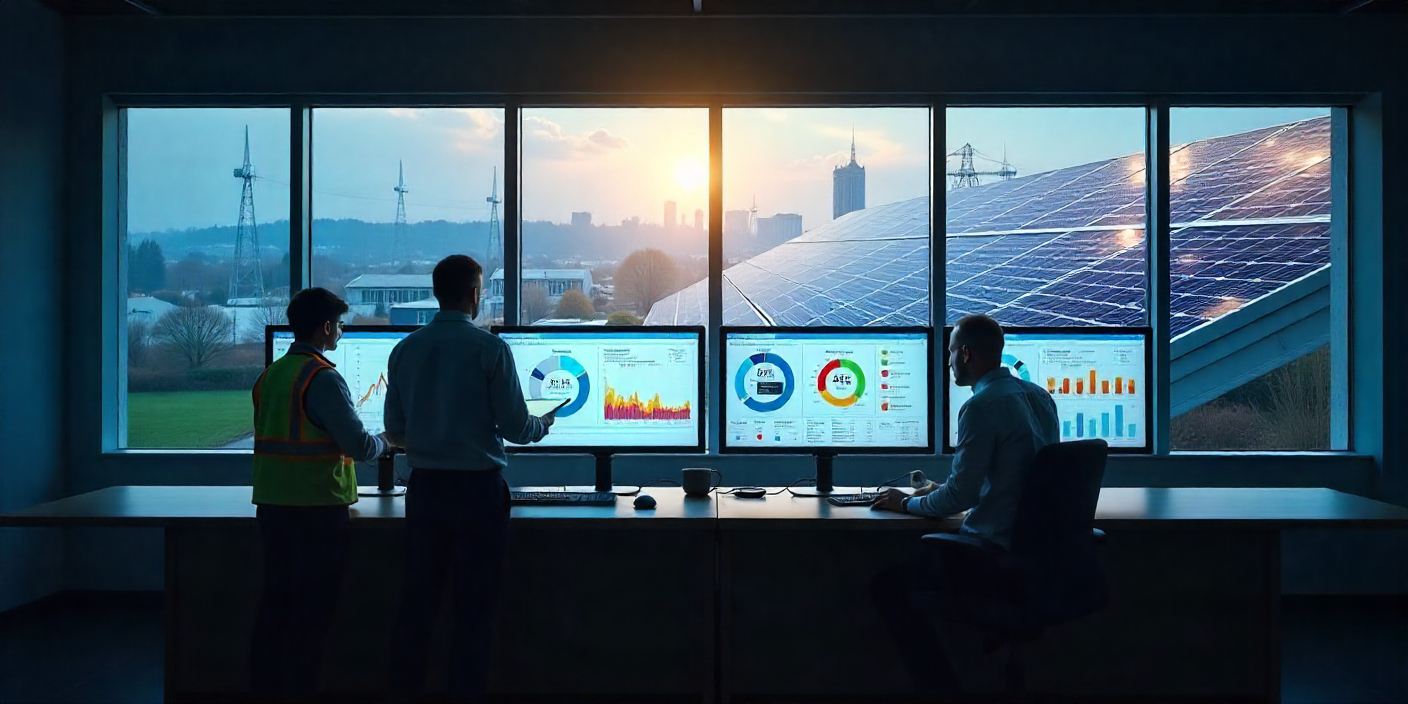For factories today, environmental responsibility isn’t just about image – it’s about staying competitive.
Energy costs, sustainability requirements, and customer expectations are driving manufacturers to take measurable action.
That’s where ISO 14001, the international standard for Environmental Management Systems (EMS), comes in.
While it’s known for covering waste, emissions, and compliance, one of its most powerful (and sometimes underestimated) outcomes is energy reduction.
What ISO 14001 Does
The standard helps organisations identify and control the environmental aspects of their operations – from raw materials and processes to energy use and waste management.
It requires a plan-do-check-act approach to continuous improvement, encouraging regular assessment and measurable progress.
For factories, that means looking at every process with fresh eyes:
1. How much energy do we use in production?
2. Where is waste heat escaping?
3. Can machinery be optimised or replaced with more efficient models?
4. What renewable alternatives could replace grid power?
This process transforms energy management from a cost headache into a source of savings and opportunity.
The Business Advantages
ISO 14001 certification shows that a factory is serious about sustainability.
It enhances credibility with clients, investors, and supply chain partners – increasingly vital as major corporations push for lower carbon suppliers.
Financially, the benefits are tangible. Energy efficiency improvements often deliver 10 – 50% reductions in consumption, meaning lower bills.
There’s also a compliance advantage: an ISO 14001 framework keeps you aligned with environmental laws and reduces the risk of penalties or reputational damage.
Why Factories Should Consider It
For factories under pressure to decarbonise, ISO 14001 isn’t just about ticking boxes – it’s about building resilience.
It aligns perfectly with other standards like ISO 50001 and complements the UK’s ESOS requirements.
Many manufacturers use ISO 14001 as a stepping stone toward more advanced energy or carbon accreditations.
Where Rooftop Solar Fits In
Rooftop solar power often emerges naturally during ISO 14001 implementation.
When assessing environmental aspects and setting improvement goals, onsite renewable generation is one of the most effective and visible actions you can take.
With cash positive finance or rental options, solar panels can be installed with no upfront cost.
The resulting electricity savings exceed repayments – meaning your factory can cut emissions and save money simultaneously.
Solar installations also boost your ISO 14001 performance by demonstrating leadership in renewable energy use.
The Takeaway
ISO 14001 is much more than a sustainability badge – it helps factories save energy, reduce waste, and strengthen brand reputation.
Pair it with rooftop solar, and you create a virtuous cycle of cost savings, compliance, and credibility.



